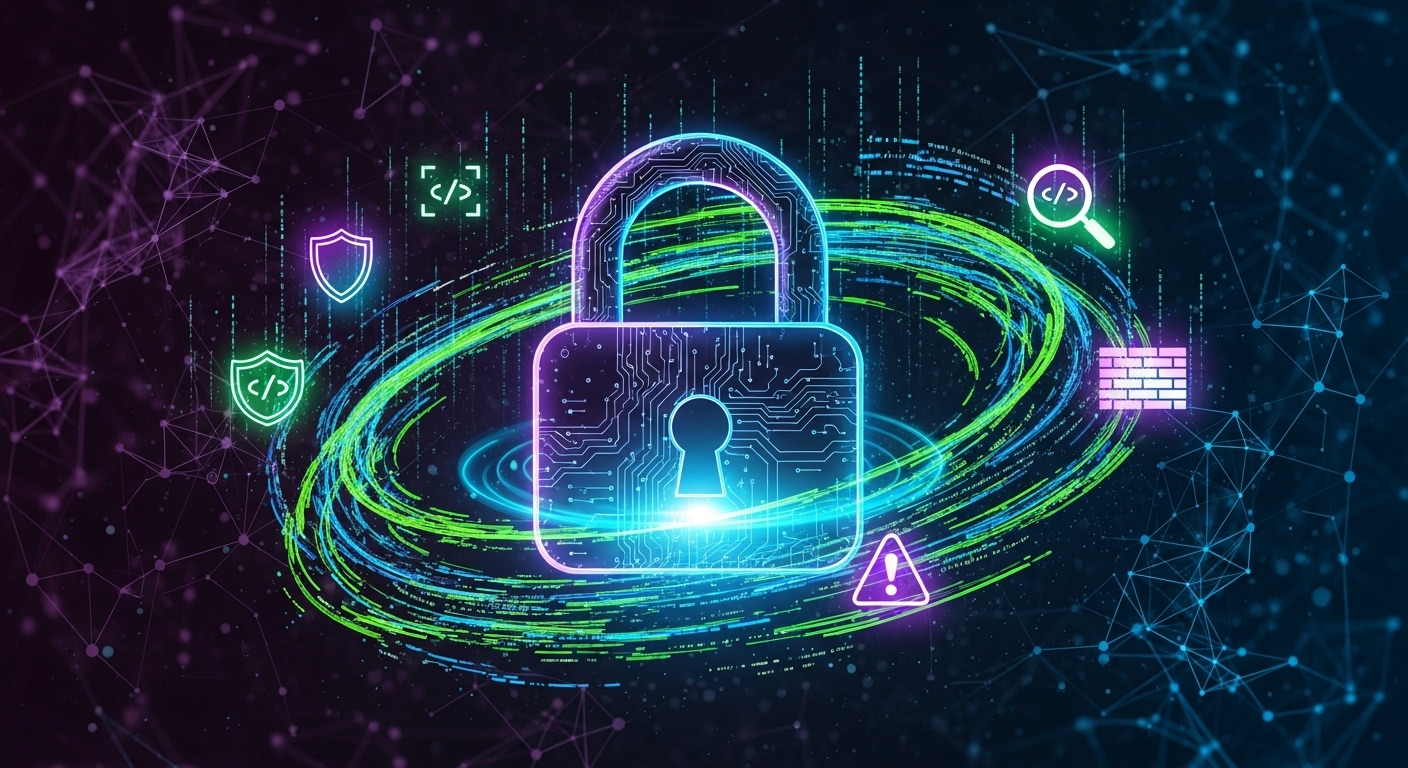AI for Code Security Analysis

What Is AI-Powered Code Security Analysis?
AI-driven code security analysis uses machine learning models trained on vast repositories of open-source and proprietary code to identify risky patterns, dependencies, and behaviors. Instead of relying only on static rule-based scanners, AI systems learn from historical vulnerabilities, developer behavior, and context to recognize both known and novel issues.
Key Capabilities of AI-Based Security Tools
- Automated vulnerability detection: Scans for insecure functions, dependencies, and misconfigurations across code, APIs, and infrastructure as code (IaC).
- Contextual prioritization: Assigns risk scores based on exploitability and impact, helping teams focus on high-severity issues first.
- Continuous learning: Models evolve as new vulnerabilities and attack methods emerge.
- Developer assistance: Integrates directly into IDEs and CI/CD pipelines to suggest secure coding practices in real time.
- Compliance alignment: Maps findings to frameworks such as OWASP Top 10, NIST, and ISO standards.
How AI Improves Code Review and Remediation
AI-powered tools augment human reviewers by providing instant feedback on code submissions. When integrated with source control systems, they can analyze pull requests for vulnerabilities, logic errors, or dependency risks before merge. Some systems even generate secure code suggestions or auto-patches based on previous fixes.
In continuous integration environments, AI models act as gatekeepers, ensuring every build meets security baselines. This shift-left approach saves significant time and cost by addressing vulnerabilities early rather than during production or after incidents.
Common AI Tools for Code Security
Best Practices for Using AI in Security Analysis
- Integrate early in the pipeline to catch vulnerabilities during development.
- Train models on your own repositories to adapt to your coding patterns and tech stack.
- Pair AI insights with human expertise to validate results and avoid false positives.
- Monitor AI performance to ensure continuous improvement as new threats evolve.
- Automate documentation and reports to streamline audits and compliance checks.
The Future of AI in Secure Software Development
AI will increasingly power self-healing systems, adaptive firewalls, and automated penetration testing. As developers rely more on generative tools to write code, security models will serve as the counterbalance—constantly analyzing and reinforcing best practices in real time.
By embedding AI security analysis directly into development workflows, teams can scale secure coding without slowing down innovation.
Need help implementing AI-powered security analysis in your projects?
Contact our team to discuss tailored solutions for your development environment.




